Using milled flour while creating sourdough bread can make a difference, taking your loaf from decent to outstanding. We will examine the importance of utilizing milled flour in sourdough and review the sourdough-producing process's fundamentals. We'll also look into the advantages of milled flour and learn about the science behind sourdough. You may rely on us to lead you through each stage of this trip. From assembling the necessary components to making the sourdough starter and baking the loaf. Each with assurance.
What is sourdough, exactly?
Before we delve into the world of milled flour, let's first take a crash course on Sourdough 101. The baking method known as sourdough uses yeast and healthy microorganisms to leaven the bread. Sourdough develops its flavor, improves its texture, and increases its shelf life through a natural fermentation process.
Flour and water operate as a medium for yeast and helpful bacteria in our environment by nature. These microbes release carbon dioxide gas as they break down the flour's carbohydrates, which causes the dough to rise. The finished product has a delightful flavor, distinguishing it from commercially made yeasted loaves while still being easy on the stomach.
So now you are aware of the components of sourdough! Beyond bread, sourdough is like a tiny, self-contained world in and of itself. A population of yeast and bacteria coexist peacefully inside the sourdough starter. The yeast munches on the sugars in the flour. Releases carbon dioxide and ethanol. On the other hand, the sourdough bacteria break down the ethanol. Produces lactic acid, which is responsible for the sour flavor of sourdough.
Instead of using only one type of yeast, sourdough is a community of microorganisms. This type enhances the flavor and aroma of sourdough bread.
Let's now discuss a component: milled flour. You have control over using high-quality, freshly ground grains when you mill your flour, unlike refined flour, which undergoes processing and loses flavor and essential minerals.
Bread that is both delicious and nutritious can be made using milled flour, which helps preserve oils and nutrients. When you mill your flour, you can also experiment with different wheat, rye, or spelt varieties to find your preferred one for baking.
In addition to enhancing your health, adding flour to your sourdough gives richness and depth to the bread. The interaction of yeast, bacteria, and the natural chemicals from pulverized grains produces a delicious symphony of flavors and fragrances. Based on the grains used, each loaf of sourdough bread baked using flour has a distinct personality of its own.
Additionally, grinding flour can be a relaxing hobby. While eagerly anticipating the bread ahead, baking with sourdough gives a satisfying experience on several levels, from listening to the calming sound of millstones grinding to watching the container fill up with wheat.
It's exciting to learn about the science of freshly ground wheat and sourdough. You can understand these processes better by exploring this knowledge. Be more prepared to solve any problems that may emerge. Understanding the interaction between yeast and ground flour will help you better comprehend how fermentation occurs.
Yeast is a sort of fungus that lives on a small scale; therefore, it plays a part in sourdough fermentation. Yeast ferments the dough by devouring its carbohydrates and generating carbon dioxide gas when coupled with wheat and water. The sourdough bread's delicate texture results from the air pockets this gas produces.
However, yeast has functions in addition to helping the bread rise. It contributes to the flavoring of sourdough bread. The compounds created when yeast ferments the carbohydrates give sourdough its unique sour flavor. These ingredients, including acid, acetic acid, and ethanol, add complexity and depth to the bread's flavor.
Additionally, yeast turns the starches in flour into sugars, making the food simpler for our systems to digest. Enzymatic activity during fermentation enhances the bread's nutritional value and helps break down carbohydrates so that our bodies may more effectively absorb their nutrients.
The Advantages of Freshly Milled Flour for Health
When you use milled flour, you keep all the fiber, vitamins, and minerals contained in whole wheat. Compared to refined flours that lack essential components, this gives your sourdough bread a foundation. While flavor is vital, eating grains to fuel your body is also crucial.
The bran and germ layers of grains are often removed during milling procedures for storing purposes. However, most of the grain's nutrients are found in these layers. Milled flour is a better option for creating bread because it maintains more of the nutrients found in the grain. Bran's high fiber content helps with regular bowel movements and digestion. The germ is also a rich source of vitamin E, an antioxidant, and B vitamins, fueling our metabolism.
Milled flour also has minerals, including iron, magnesium, zinc, fiber, and vitamins. These minerals are important for keeping strong bones, supporting the immune system, and producing energy, among other biological processes. You can improve your sourdough bread's flavor and nutritional content by adding milled flour.
The flavor characteristic of sourdough bread is complexified when milled flour is used. The bran and germ layers of the bread have oils that give the bread its earthy undertone. The extraordinary quality and freshness of the flour used to make each sourdough loaf become an experience.
Now that we know the significance of milled flour, let's proceed to making sourdough bread by following these instructions: choose the grain for milling, then mill the grain.
Selecting the Appropriate Grains for Milling
The greatest choice when buying grains for milling is always to choose heirloom types. Compared to other grains, these ones frequently offer flavor and nutrition. Try using different varieties of flour like hard red wheat, spelt, or rye to play around with the flavors and textures in your bread.
The Milling Method
The next step is to ground the selected grains in a grain mill to ensure texture. As a consequence, you will have milled flour that is ideal for sourdough bread.
How to Make a Sourdough Starter
It's time to use the milled flour to make your sourdough starter. This beginning will aid in creating your bread's distinctive flavor profile and providing leavening.
How Important a Good Start Is
To make sourdough bread, a starter with all the necessary yeast and bacteria for fermentation. After being fed, a good beginning should have a bubbly consistency, a scent, and double in size.
Mix water and ground flour in a sterile jar. Cover the jar loosely with a towel. Stir ferociously to incorporate air.
Just leave it outside for a day at room temperature. Throw away half of it. To begin, combine the remaining half with the flour and water. Repeat this procedure every day for at least five days, replacing the components each time. Your starter is now ready to be used in sourdough bread recipes.
Bread Made with Sourdough
It's time to put your knowledge to the test by making a loaf of bread now that your sourdough starter is ready. Here, when all the nutritious ingredients combine to form a loaf, is where the magic happens.
Making Bread: Kneading and Using Flour
Combine the flour, starter, water, and salt thoroughly in a mixing basin. Everything should be thoroughly combined. After that, knead the ingredients for 10 to 15 minutes or until it is elastic and smooth. As a result, the gluten in the flour is activated, and bread is produced.
Baking Techniques
The dough should be put in a Dutch oven. At a high temperature, a baking stone. To create the crust, create steam vents on the dough's surface before baking.
Once the initial baking is finished, lower the heat and keep baking the loaf until the crust turns golden brown and the loaf sounds hollow when you tap it on the bottom.
By following these directions, you can make sourdough bread that highlights the aromas and textures that come from using freshly milled wheat and a sourdough starter. While working with your sourdough starter, experiment with different grains to make loaves. We hope your efforts pay off as you enjoy perfectly cooked bread's crisp exterior and tender interior!
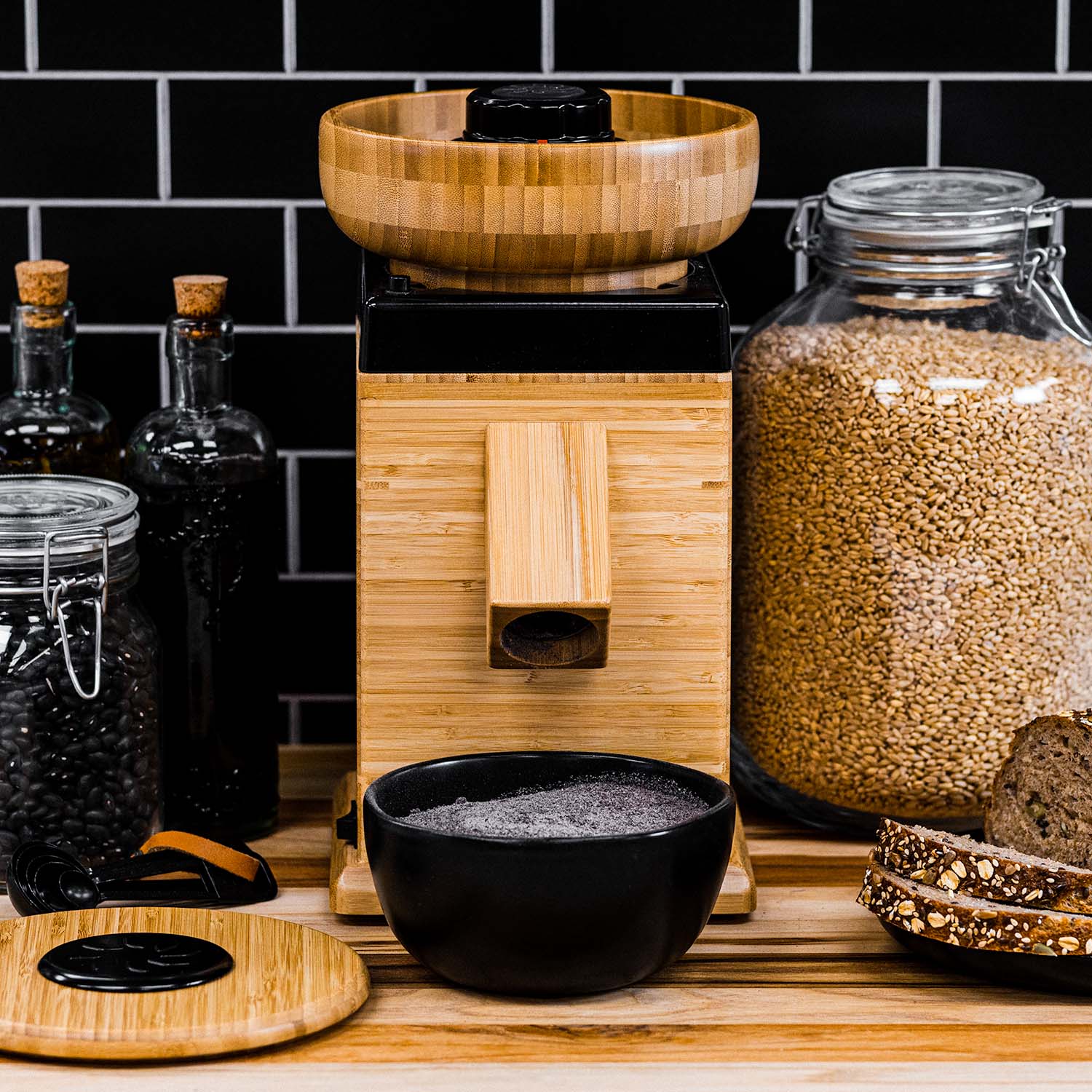
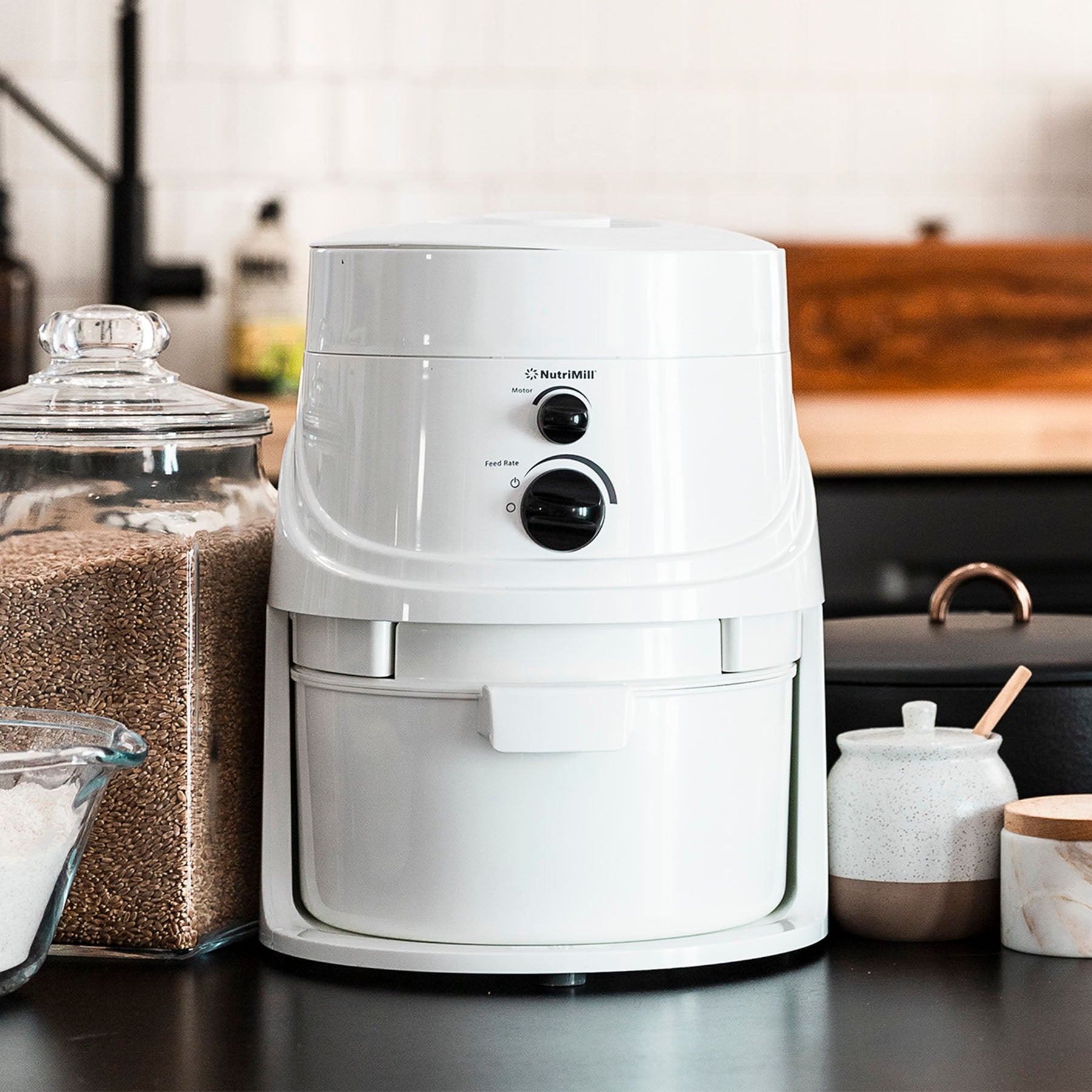
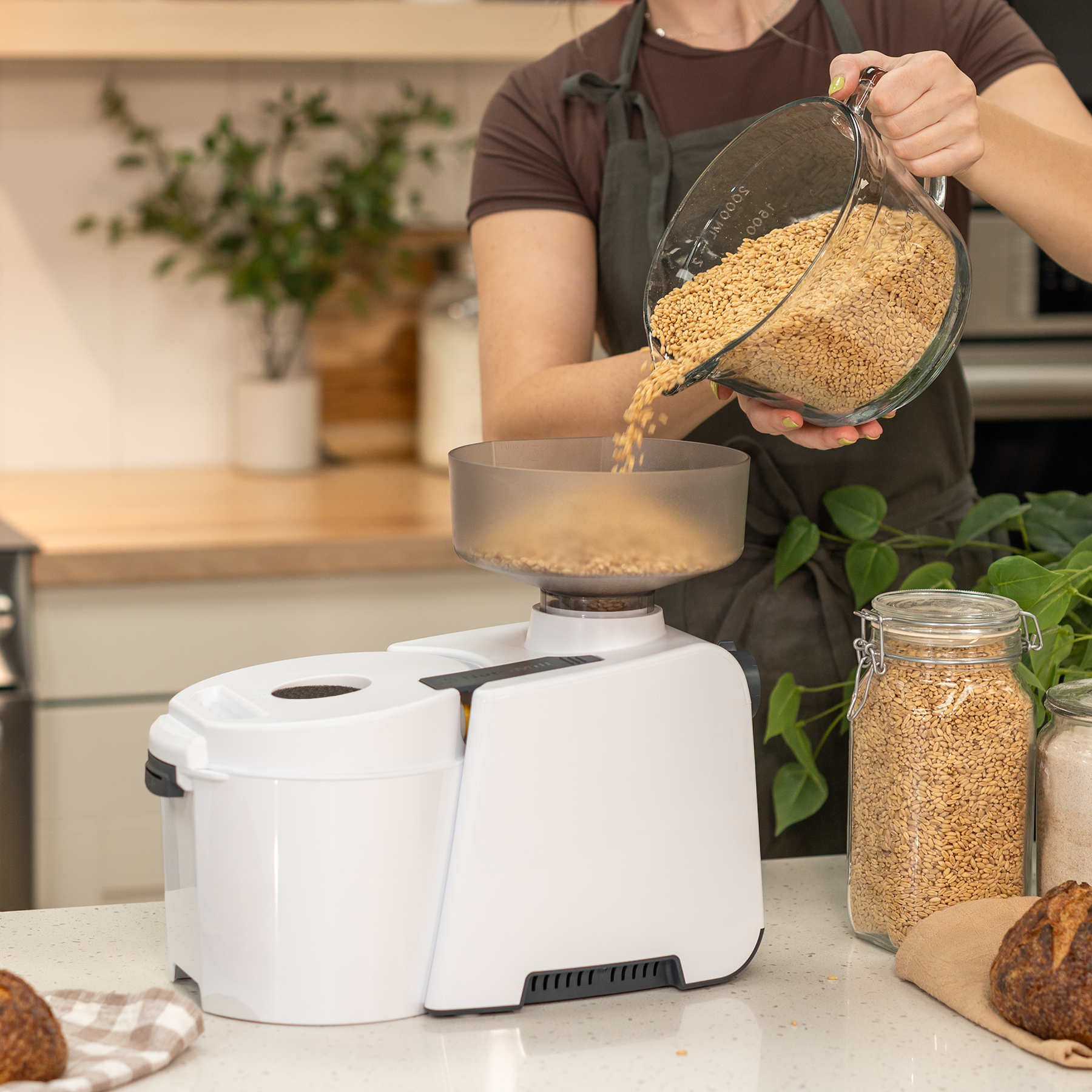
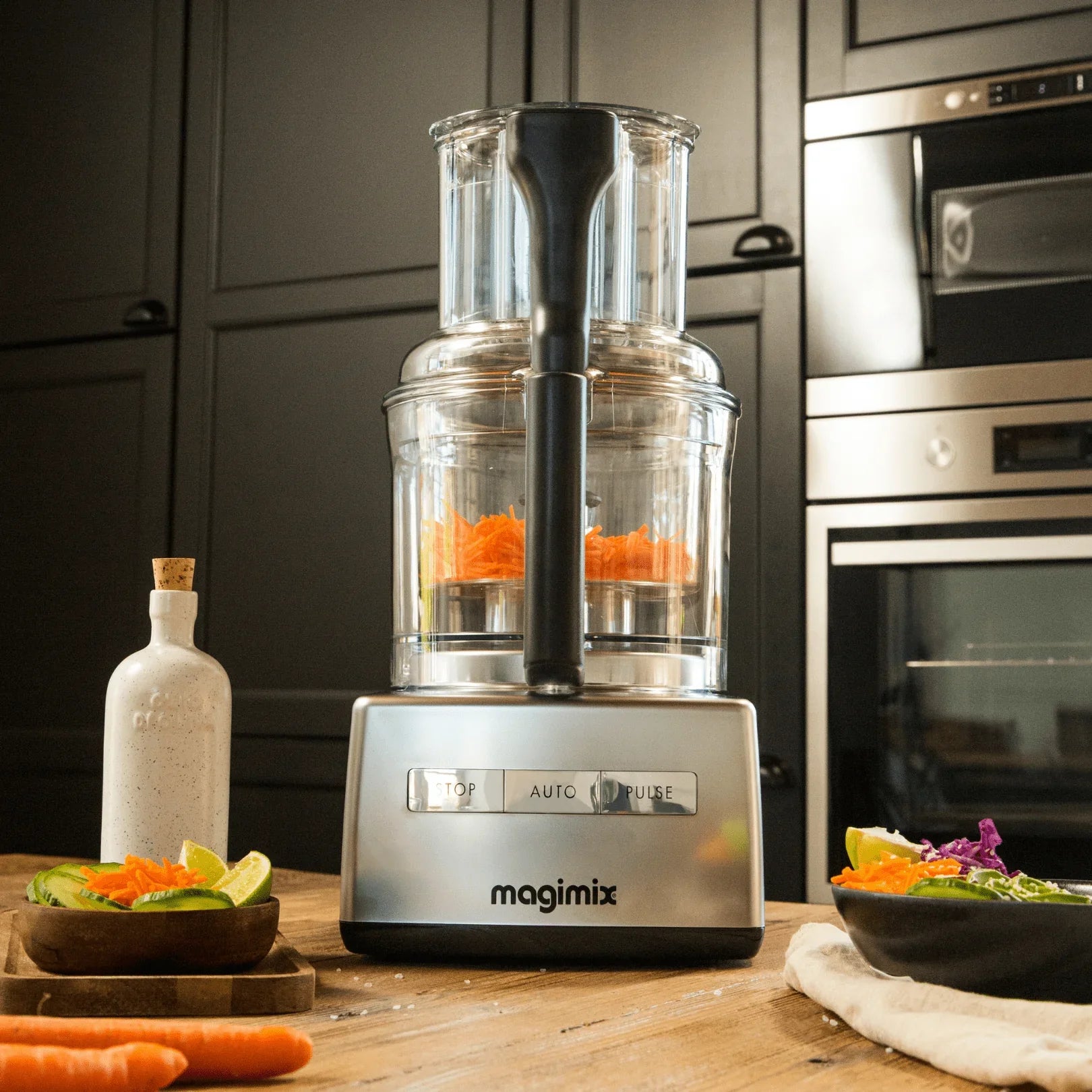
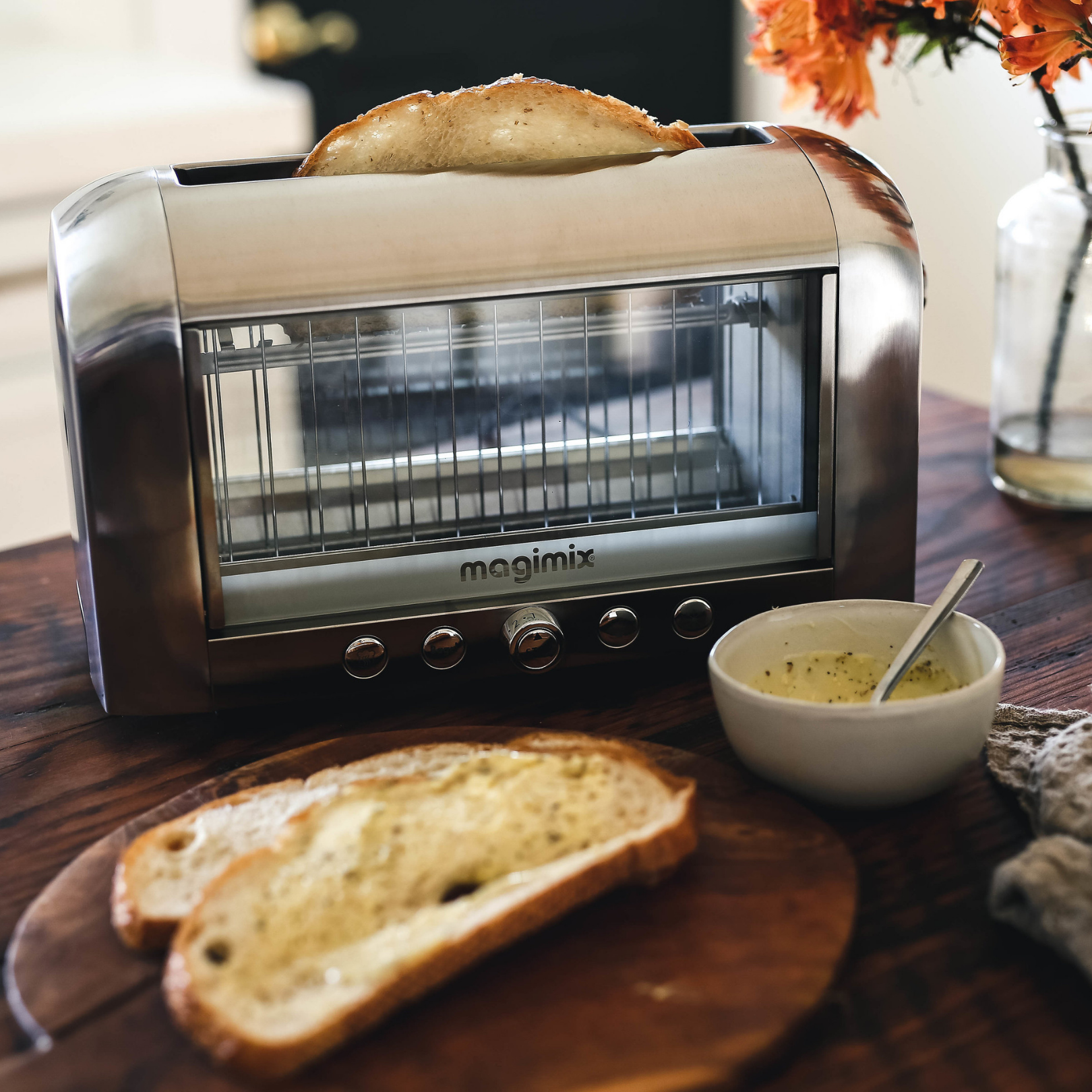
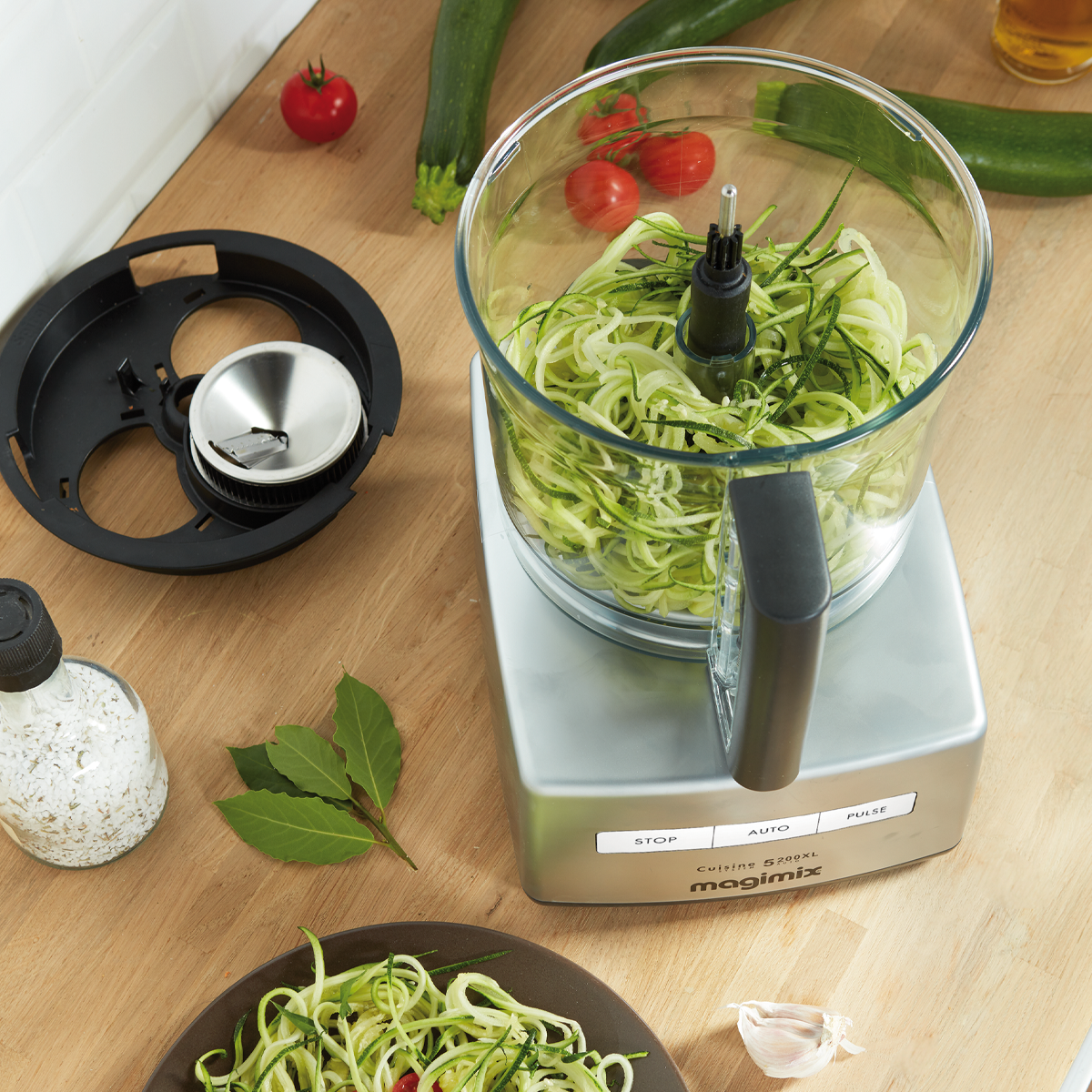
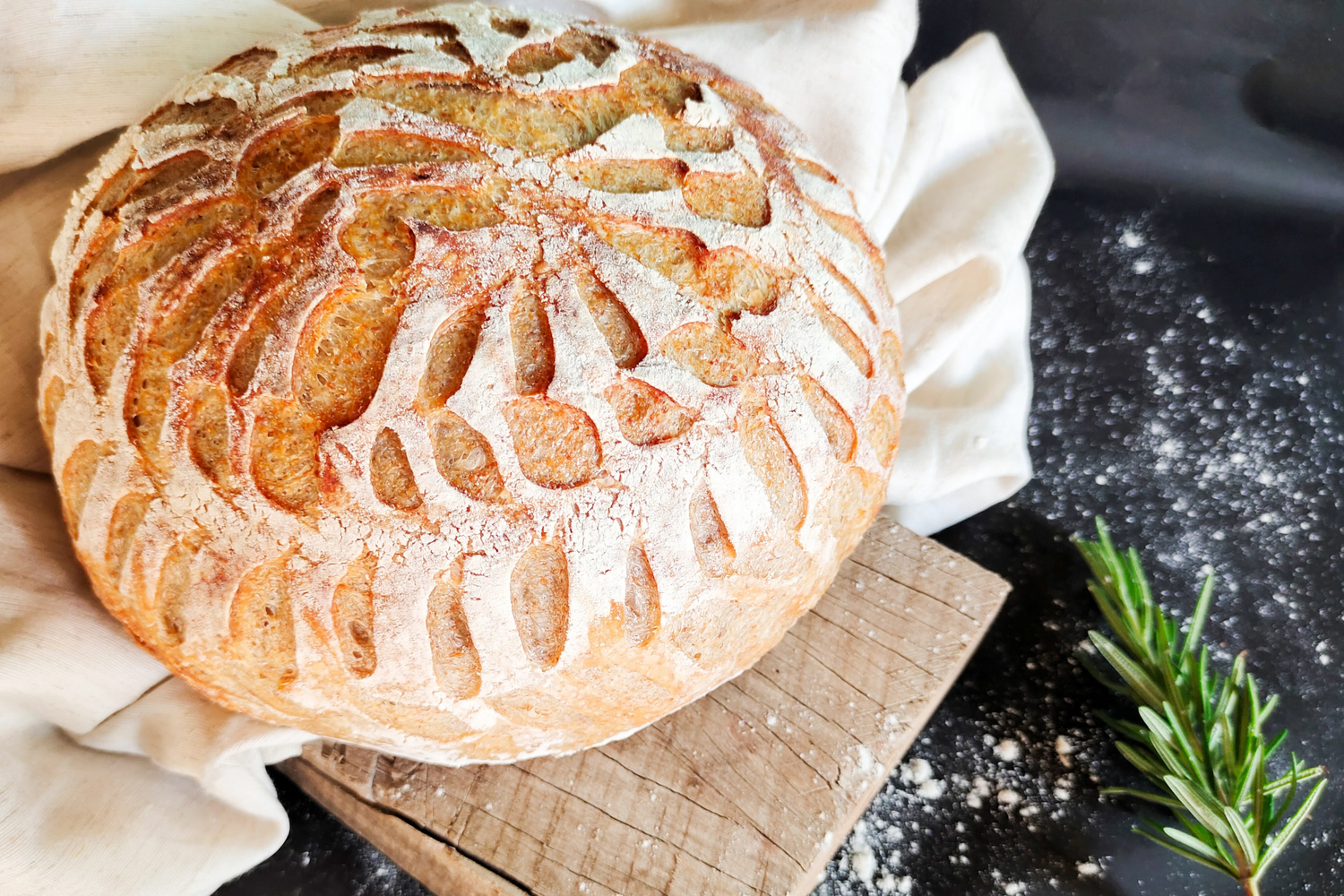
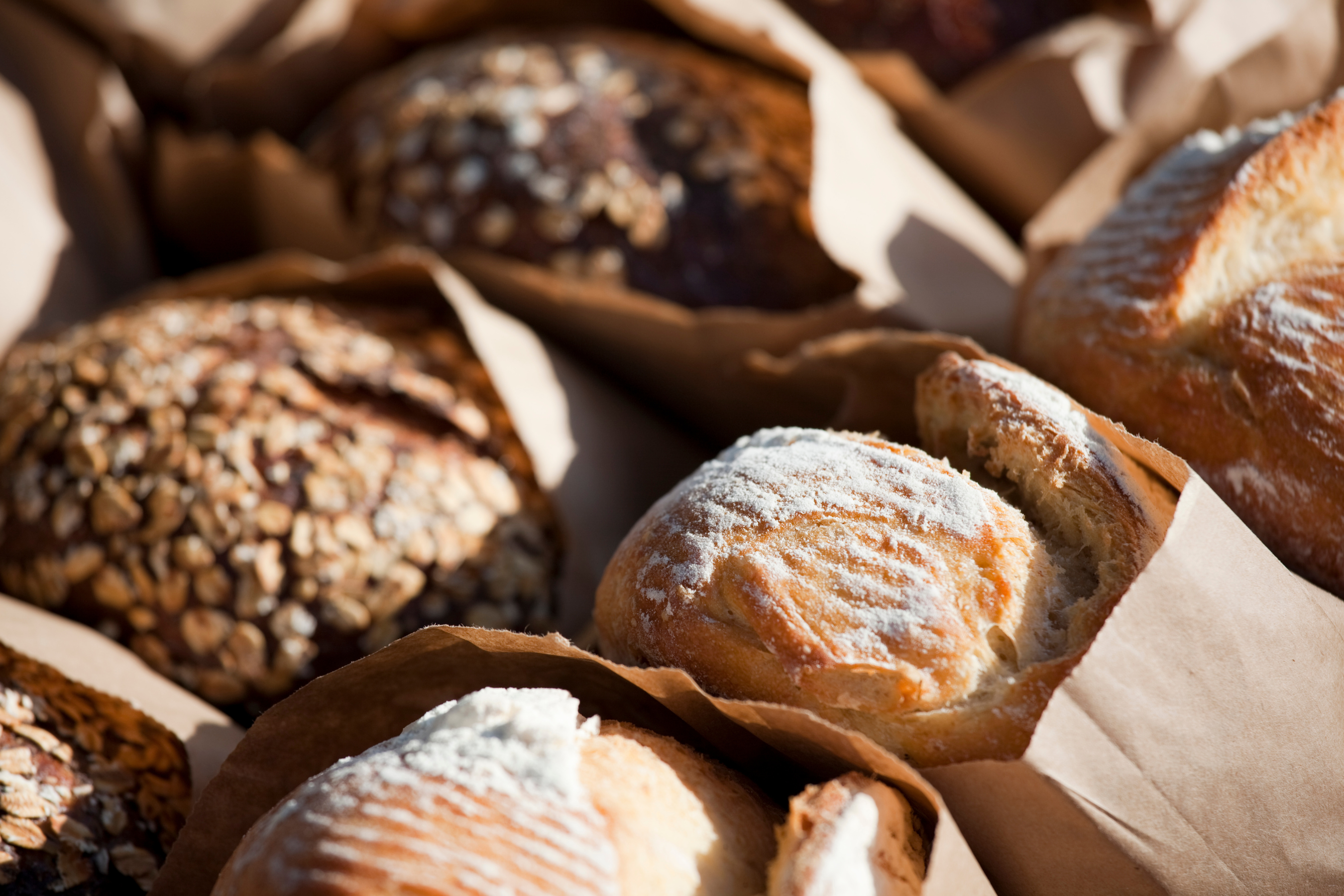
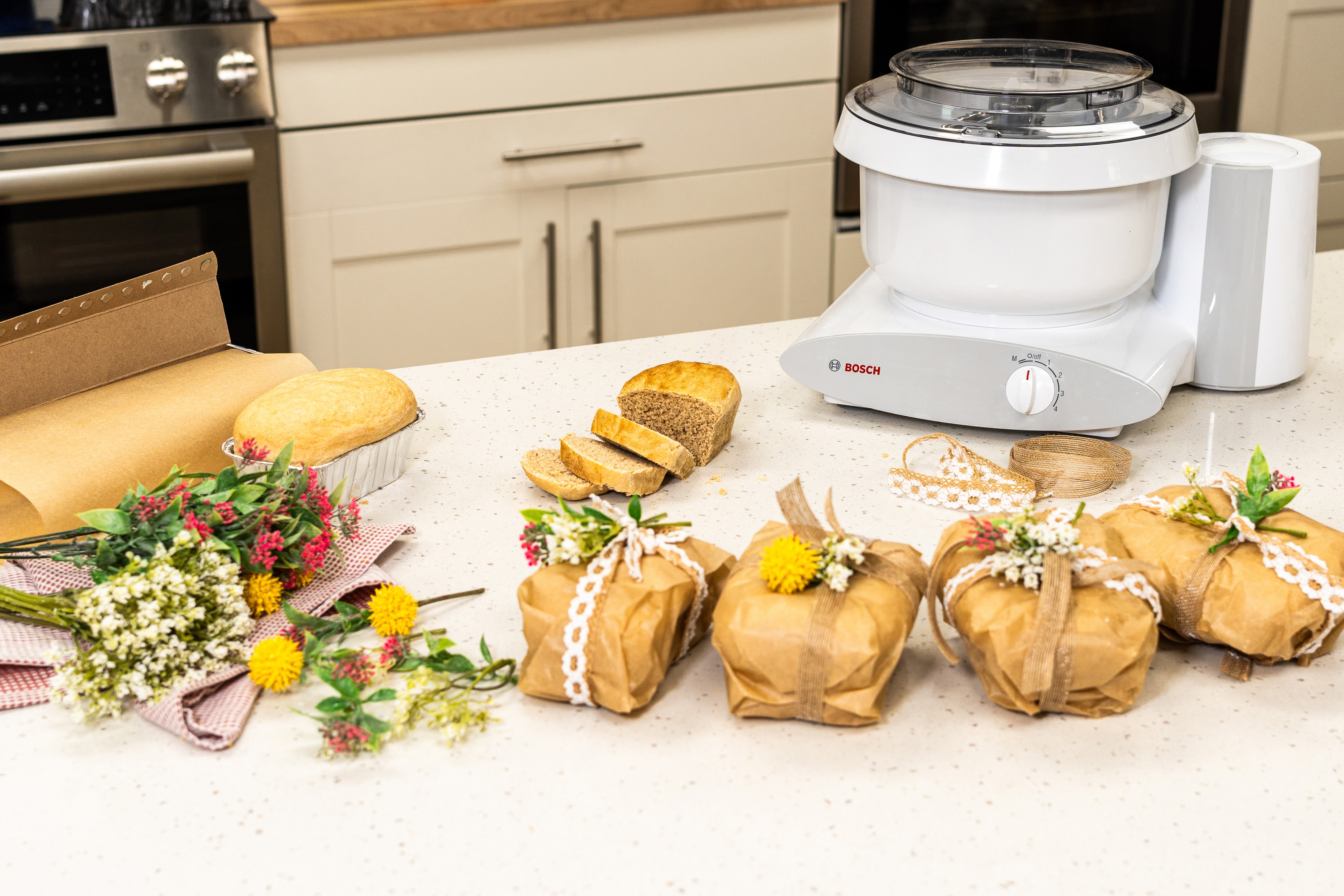
Leave a comment
All comments are moderated before being published.
This site is protected by hCaptcha and the hCaptcha Privacy Policy and Terms of Service apply.